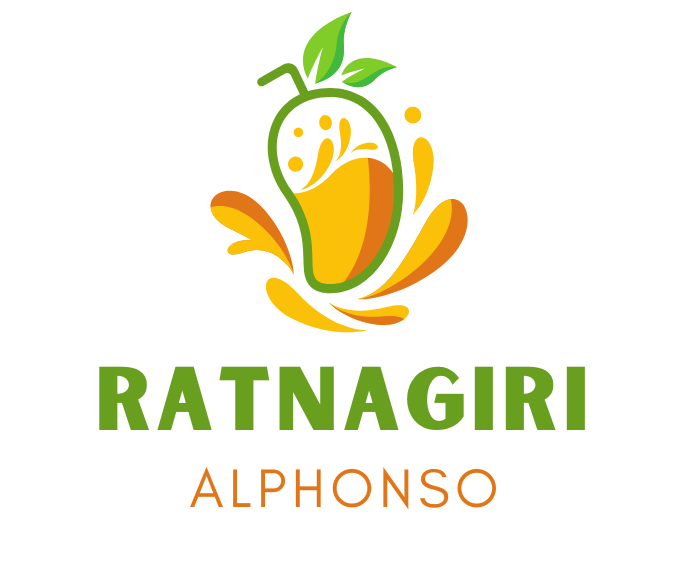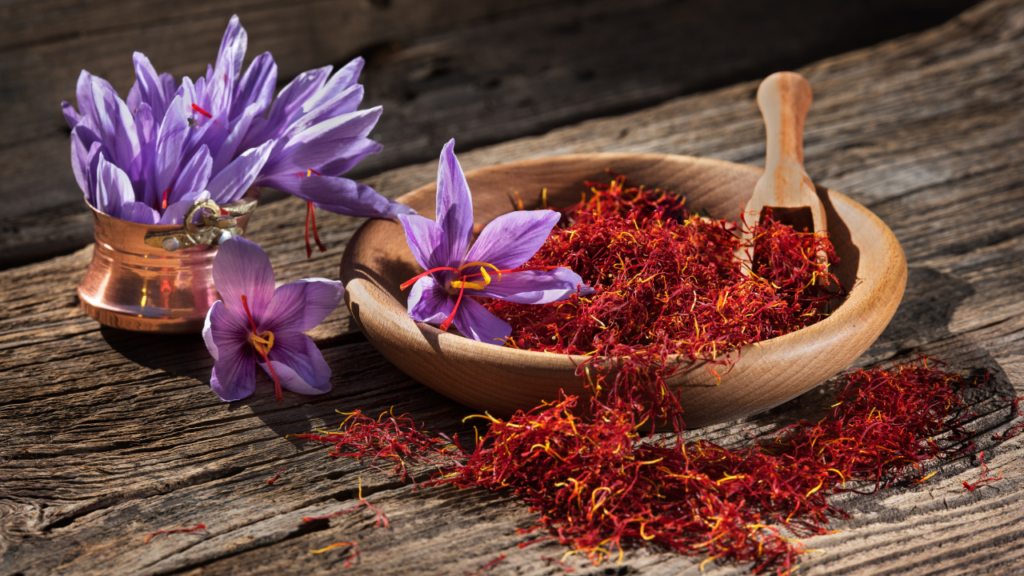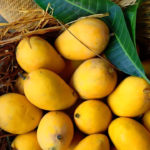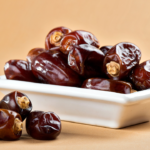The highly valued and valuable spice saffron, also known as the “golden spice,” is derived from the Crocus sativus flower. Kashmiri saffron is one of the most sought-after sorts worldwide due to its distinctive features among the numerous types of saffron. This saffron is renowned for its rich scent, unmatched flavour, and deep reddish threads. It is grown in the pure valleys of Kashmir.
Kashmiri Saffron’s History
The history of Kashmiri saffron is extensive and famous, lasting more than 2,500 years. It is thought that Persian emperors brought it to Kashmir, where it has since grown to be an essential aspect of both the local economy and culture. Ancient writings indicate the cultivation of saffron in Kashmir; rulers placed a great value on the spice and utilised it in a variety of traditional remedies and dishes.
Agricultural and Gathering
Kashmiri saffron farming is a labour-intensive procedure that needs a certain climate. High elevations are home to the saffron fields, where the soil and temperature are ideal for cultivating this priceless spice.
- Planting: In late summer, saffron corms, also known as bulbs, are planted in well-drained soil.
- Blooming: In the fall, the flowers typically open from late October to early November.
- Harvesting: To maintain their quality, the tiny blossoms are hand-picked first thing in the morning.
- Stigma Collection: To make saffron threads, the three red stigmas from each bloom are carefully separated and dried.
Qualhttps://alphonsomango.in/products/saffron-kesarities of Kashmiri Saffron
Kashmiri saffron is known for its exceptional quality, which is due to a number of factors:
- Colour: The threads have a rich red colour with hints of gold at the tips.
- Aroma: It smells strongly of soil and honey with a tinge of hay.
- Taste: Its flavour is complex, slightly sweet, and rich, which makes it a great compliment to a variety of foods.
- Increased Crocin Content: The pigment that gives saffron its colour is called crocin. Compared to other types, Kashmiri saffron has a higher crocin level, which increases its colouring power.
Applications and Advantages of Culinary
A multipurpose spice, Kashmiri saffron can be used in both savoury and sweet recipes. Among the common culinary applications are:
- Rice meals are enhanced by the distinct flavour and vivid colour of biryani and pulao.
- Desserts: Added to confections like halwa, kheer, and milk steeped with saffron.
- Beverages: Due to its fragrance and health-promoting qualities, saffron tea and drinks steeped with saffron are well-liked.
Kashmiri saffron has several culinary applications as well as health advantages. It is well-known for its mood-boosting and antioxidant qualities, as well as its potential to increase learning and memory.
The War for Kashmiri Saffron Preservation
Despite its popularity, Kashmiri saffron still confronts a number of difficulties, such as competition from inferior saffron and climate change and soil degradation. Genuine Kashmiri saffron is being protected and promoted through the use of geographic indication (GI) tags and government programs that assist regional producers.
FAQs
1: Is the chemical composition of Kashmiri saffron different from that of other varieties?
In comparison to other saffron kinds, Kashmiri saffron does contain a higher quantity of crocin (colouring intensity), picrocrocin (taste), and safranal (aroma). These substances add to its exceptional quality and unique features.
2: How should I store Kashmiri saffron to maintain its quality?
Store Kashmiri saffron in an airtight container in a cool, dark place away from dampness and direct sunshine to maintain its quality. This keeps its flavour, colour, and scent intact for a longer amount of time.
3: What are the main challenges faced by Kashmiri saffron farmers?
A number of obstacles, including soil erosion, climate change, and competition from inferior saffron, consume Kashmiri saffron growers. Saffron farming in the area is also impacted by political unrest and restricted access to resources and sophisticated agricultural methods.
4: Can Kashmiri saffron be used in skincare?
Because of its antioxidant and skin-brightening qualities, Kashmiri saffron is utilised in a variety of skincare and cosmetic products. It contributes to a healthy glow, improved skin texture, and a decrease in pigmentation. Oils and lotions infused with saffron are well-liked for their skin-nourishing properties.
5: Why is saffron from Kashmir so expensive?
The labour-intensive cultivation and harvesting methods, limited production, and exceptional quality of Kashmiri saffron account for its premium price. Merely three stigmas are produced by each bloom, and around 150,000 flowers are required to yield one kilogram of saffron. Kashmir’s distinctive climate is another factor in its uniqueness.
6: What should I look for when buying authentic Kashmiri saffron?
Look for rich red, slightly moist, strongly scented threads when purchasing Kashmiri saffron. Real saffron is harsh and should take a while to dissolve in water. The easiest way to ensure quality is to buy from reliable suppliers and look for certificates such as the geographic indication (GI) tag.



